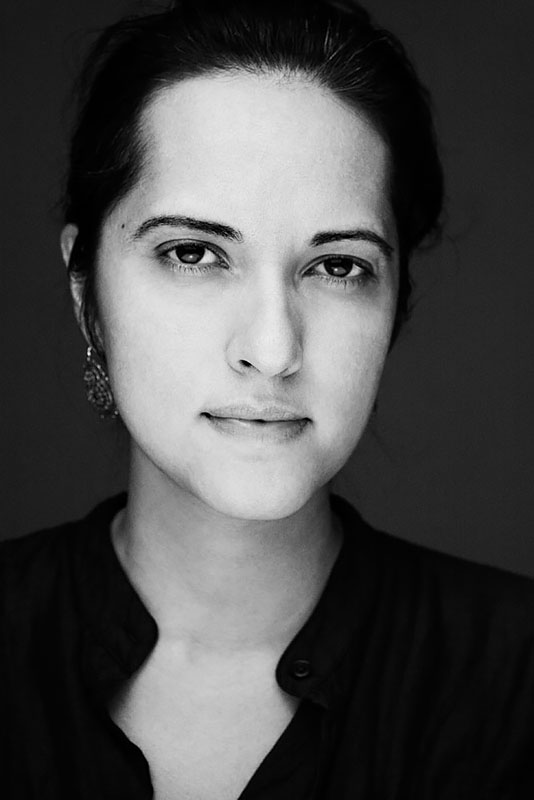Rena Effendi's early work focused on oil industry's effects on people's lives.
As a result, she followed a 1,700 km oil pipeline through Azerbaijan, Georgia, and Turkey, collecting stories along the way. This work was published in 2009 in her first book: "Pipe Dreams A chronicle of lives along the pipeline".
In 2013, Rena Effendi published her second monograph "Liquid Land" where her images are paired with photographs of perished butterflies hunted by her father, a Soviet entomologist, who collected more than 30,000 butterflies in Soviet Union. Liquid Land punctuates the theme of fragility and environmental decay of Baku, the city where Effendi was born and grew up.
Effendi has received many international awards including the Alexia 2018 Professional Grant, the Prince Claus Fund Award for Culture and Development, World Press Photo (for observed portraits in 2014), SONY World Photography Award (fine art category), Getty Images Editorial Grant and was short-listed for the Prix Pictet Award in Photography and Sustainability.
Rena Effendi is represented by National Geographic Creative agency and ILEX Gallery. Rena Effendi's work has been exhibited in museums and galleries worldwide including at the Saatchi Gallery, Miami Art Basel, Istanbul Modern, and the 52nd Venice Biennial. She has worked on editorial assignments for the National Geographic, The New Yorker, Newsweek, TIME, The New York Times magazine, Vogue, Marie Claire, The Sunday Times, GEO and others.
Selected Books on

